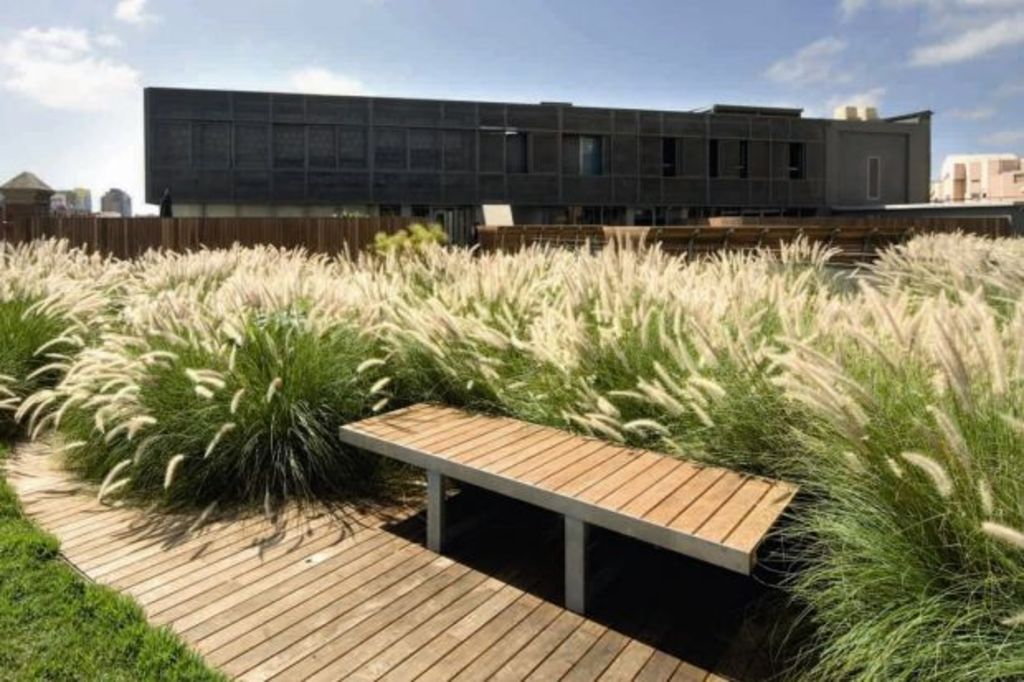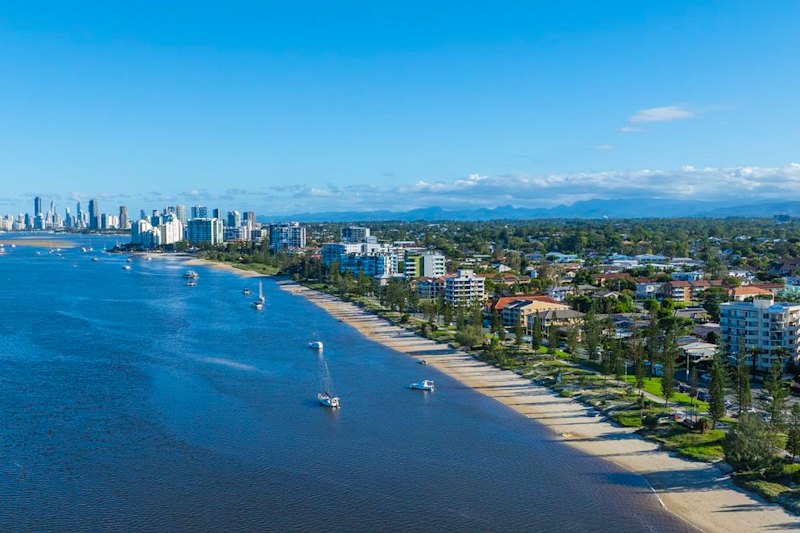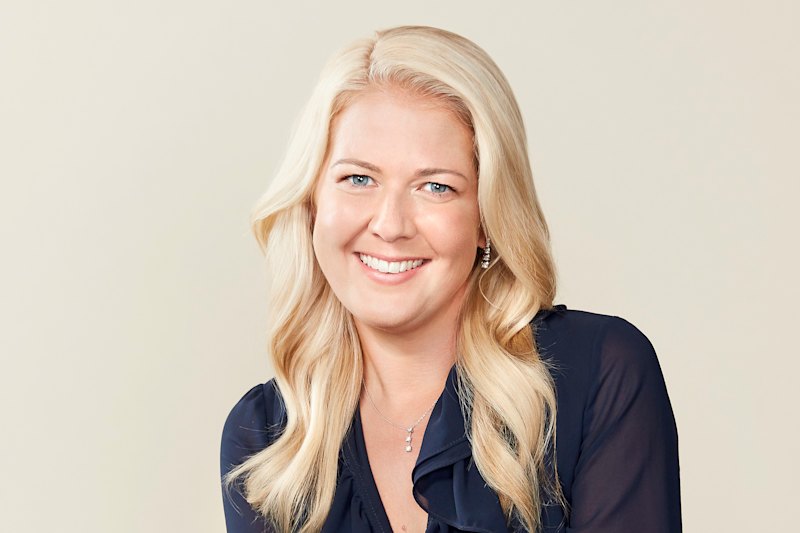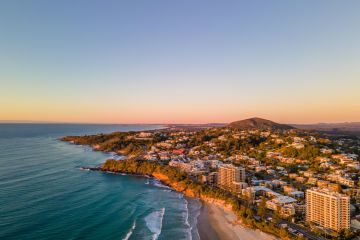Issue of ever-shrinking green space in cities missing from election campaign

There were plenty of policy promises touted during the federal election, but there was one clear topic missing from both major parties, according to experts – the ever-shrinking green space of our cities.
While there has been lots of talk about Smart Cities and Green Cities, specific attention should be paid to urban greening at a federal level, according to Gregory Priest, a project manager for landscape architects and environmental sustainability engineers Josh Byrne & Associates.
“We need a dedicated policy that focuses on protecting urban greening infrastructure and creating more urban green space,” said Mr Priest. “It would be great to see a position stating the need to protect what urban vegetation we have and mandates to create more.”
Josh Byrne & Associates have just released a research paper, the Vision 202020 Policy Guide, which identifies the top 10 challenges preventing greener and more liveable cities.
Top of the list is the failure by federal government to formally recognise the value and importance of vegetation in our cities.
The three-part policy guide is a response by Vision 202020 – a national collaborative of over 200 organisations in the public and private sectors – to the lack of attention given to the issue of green space within the federal election campaigns.
Vision 202020 has a goal to increase the amount of urban green space in our cities by 20 per cent before 2020.
While state governments control greening issues to some degree, Mr Priest said the research reveals government the policies should be unified and strengthened.
“In terms of residential property, our view is that we really need improved regulations and policies that get urban green space and vegetation into the built environment,” Mr Priest said.
That position is echoed by Sacha Coles, principal of ASPECT Studios and Landscape Architecture and adjunct professor at the UTS Faculty of Design, Architecture and Building.
Professor Coles, whose work includes the award-winning urban project, The Goods Line in Ultimo and the Mirvac’s residential development, The Finery in Waterloo, said government regulations are not strong enough.
“Some governments and councils are improving. The better councils and developers are completely on top of what buyers and constituents want and that is highly sustainable buildings,” he said.
“The development sector would appreciate stronger governance if councils and state government had regulations they could follow for example, green roofs on all new developments of a certain size,” he suggested. “I think they would fall into line very quickly.”
Mr Coles believes Sydney and other major cities need to commit to increasing their urban tree coverage to bring down temperatures and make the cities much more liveable.
“We should be mandating green roofs on all new buildings and incentivise retro-fitted green roofs as they do in Germany,” he said. Nearly one third of all German cities have regulations to support green-roof and rain-water technology.
He points to Mirvac’s sustainability approach to their 9400-square-metre inner-city residential site at Waterloo where the developer has retained 30 per cent of the space to be landscaped into what they say will be a “wilderness eco garden“.
The Finery will house 226 homes in six buildings around a central courtyard heavily planted with native species. There will be green walls and two buildings will have landscaped rooftops.
The hope is that once the gardens are established, residents will benefit with temperatures two or three degrees lower than surrounding homes.
This is the approach Professor Peter Skinner, head of applied research and development at Architectus, said government should be taking.
“We should be looking at ways of reshaping the suburban areas of our cities to provide greater density but also enlarge and retain the vegetative parts of the city,” he said.
“The heat island effect of hot dry summers on the hard surfaces of the city is a problem,” said Professor Skinner. He points to the recent flash flooding in Sydney. “The hard surfaces of the city’s roads and pathways don’t allow for absorption of sustained heavy rainfall.”
Mr Priest agreed, saying that at a state level we need better policies to ensure developers include green assets to mitigate the affects of urban heat islands and to improve community health and well-being.
One developer well ahead of the game in its commitment to improving residents well being and the community’s health is Japanese housing giant Sekisui House.
Central to the company’s ethos is the Japanese concept of satoyama or “ribbons of green” – lush landscaping connecting residents with nature. At its master-planned estate in south-west Sydney, The Hermitage at Gledswood Hills, Sekisui House has allocated 50 per cent of its 320-hectare site to open space.
Project director for Sekisui House Australia, Craig D’Costa, said on top of allocating open space and regenerating the site’s landscape, the company encourages home owners to think greener.
“We introduced our ‘five trees’ landscape design philosophy back in 2001,” said Mr D’Costa. Since then, every buyer of a Sekisui House home is given five trees to plant within their boundary. Three species are to attract native birds and two to attract butterflies.
Company chairman Isami Wada is committed to a providing a greener, more sustainable and eco-friendly housing model. “Before 1999, no-one else had talked about environment within the housing industry,” said Wada.
Priest said the battle to create more green spaces in the city was a growing trend and even developers were trying to improve their record, “but it’s difficult.”
“The policy and planning environment should support architects, landscapers and environment planners,” he said.
We recommend
States
Capital Cities
Capital Cities - Rentals
Popular Areas
Allhomes
More







